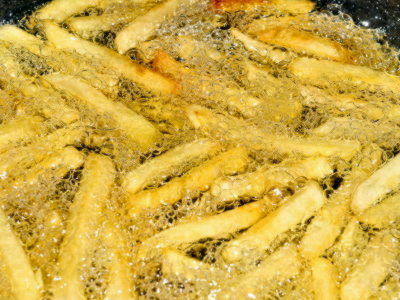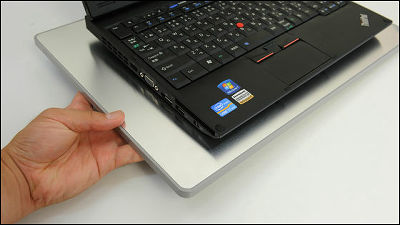I tried to find out the cause of breaking through the optimum state for the heater and forcibly shutting down at the end of thermal runaway

The desktop PC I'm using started to get sick gradually from around last summer, and it started to shut down without permission under heavy load. Furthermore, recently, even if the CPU temperature reaches 100 degrees even if it is left idle, the fan does not seem to rotate violently, and it is clear that cooling is not performed normally. So I decided to disassemble it and try to repair it.
It is this desktop machine purchased in 2008 that has trouble that seems to be thermal runaway. The installed CPU is Core i7-920 (2.67GHz), and when I searched on the net, I
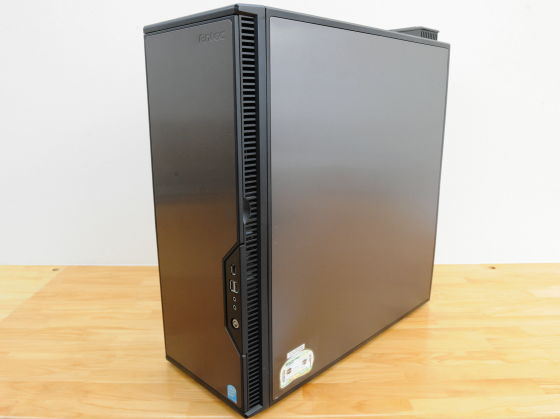
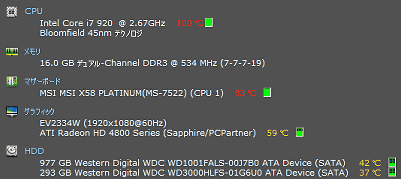
Even if I check it from the BIOS, it is 84 degrees. The system fan seems to be stopped on the screen, but I confirmed that it is working properly, so the fan is not the cause of the malfunction.
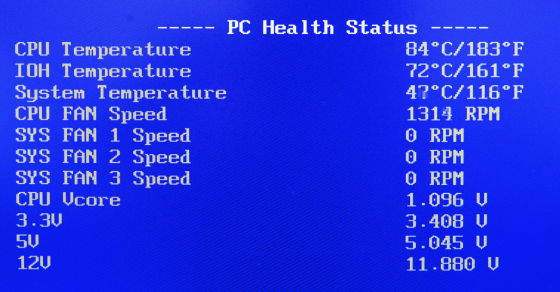
So, I decided to open the side panel and check the situation inside. First, let's remove the CPU cooler.

At first glance, the dust does not accumulate so much and there seems to be no problem, but if you look at the center, you can see that the grease has deteriorated.
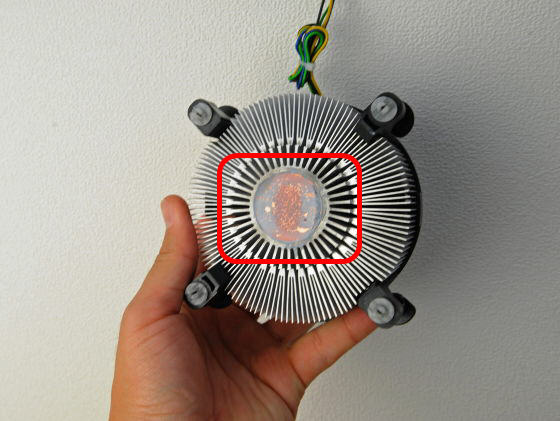
The original grease is gel-like and blocks the gap between the cooler and the CPU to efficiently transfer heat, but it cracked and hardened to the point of waste heat, probably because the CPU was left in a high temperature state for a long time. It's gone.

Let's take a look at the CPU itself.
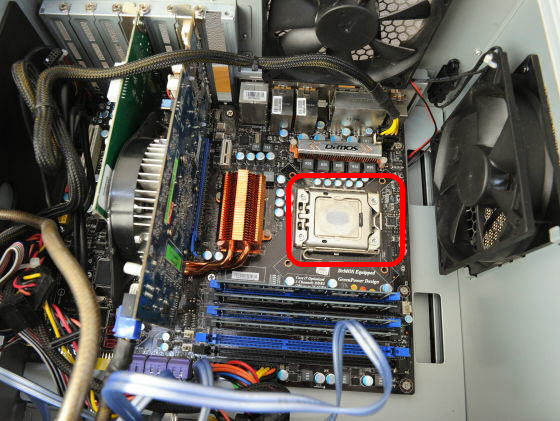
This grease has also hardened. This should be as useful for heat dissipation as dry rice grains.
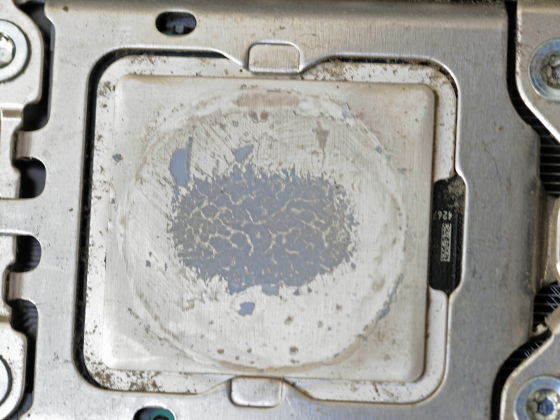
First, wipe off this deteriorated grease with a wet tissue.
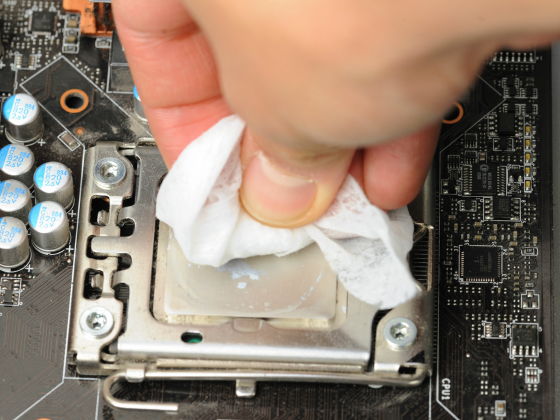
The CPU cooler also rubs it gently to remove old grease.

I bought a new grease. There were various products with prices ranging from about 1500 yen on the top to 300 yen on the bottom, but there should be no dramatic difference in cooling performance, so for the time being, to see the situation with the cheapest one, 'Silicon grease' I chose '(300 yen)' and 'universal spatula for grease (160 yen)' for application.
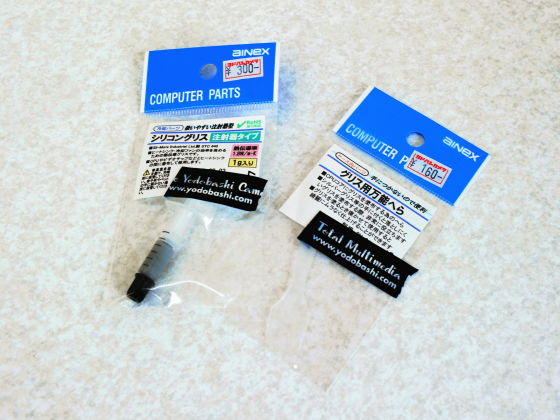
The contents are like this.

Grease is in the syringe.
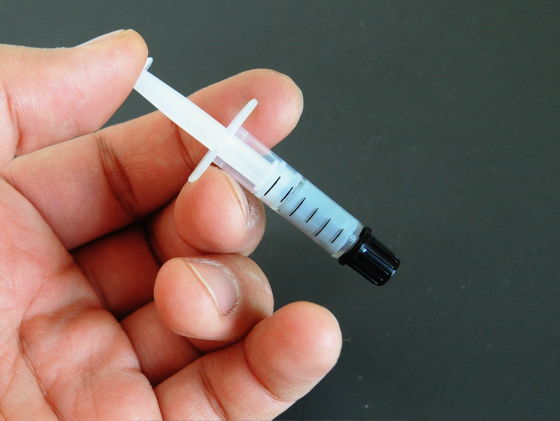
Grease the back of the CPU like this. Be careful not to apply too much, as it will hinder cooling.

Next, use a spatula to spread the grease thinly.
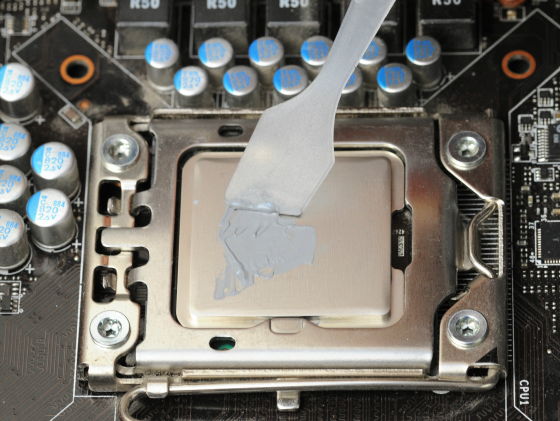
It's OK if you spread it evenly like this.
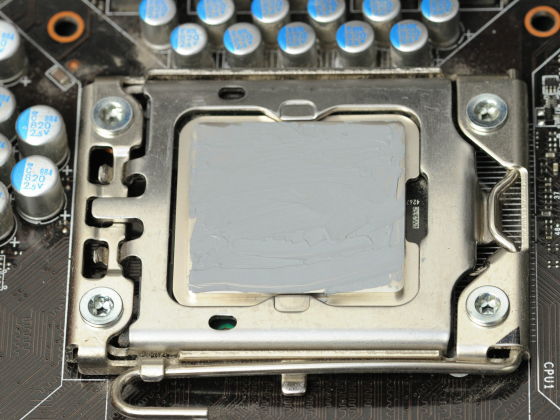
After that, put the cooler back and the work is completed.
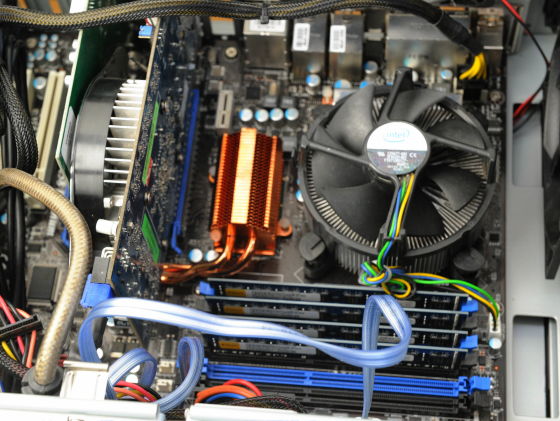
The temperature immediately after startup is 58 degrees, which is within the allowable range considering that it is a Core i7-920 that tends to get hot.
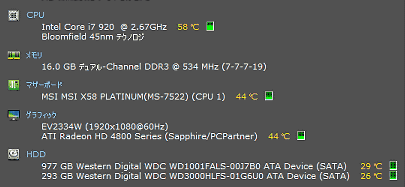
After a while, I checked it in the BIOS and found that it was 71 degrees.
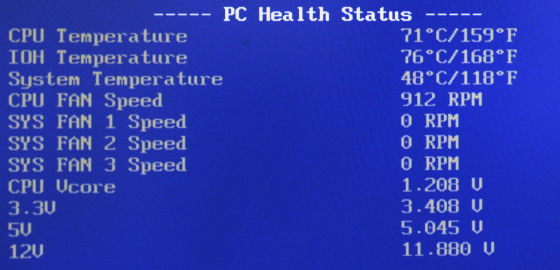
If you open 5 tabs while playing a video on YouTube, the temperature will rise to 90 degrees for a moment.
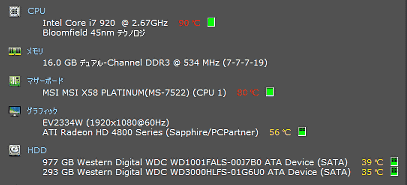
After that, the temperature drops to 65 degrees immediately, so you can see that the waste heat from the CPU to the cooler can be normally performed by adding grease, and the cooling capacity can be regained.

Even if grease is attached, it will reach a considerable temperature at high load, so it seems that it will be necessary to replace the cooler for stable cooling, but for the time being, after finishing this work, the PC will run away due to thermal runaway. It no longer falls.
If for some reason there are few OS-like causes and forced terminations occur frequently, it is possible that the cause is not only a leak current or a fan failure, but also a CPU overheat. Therefore, it should be easier to identify future problems if you keep in mind that you should remember to check whether the grease has deteriorated.
Related Posts:
